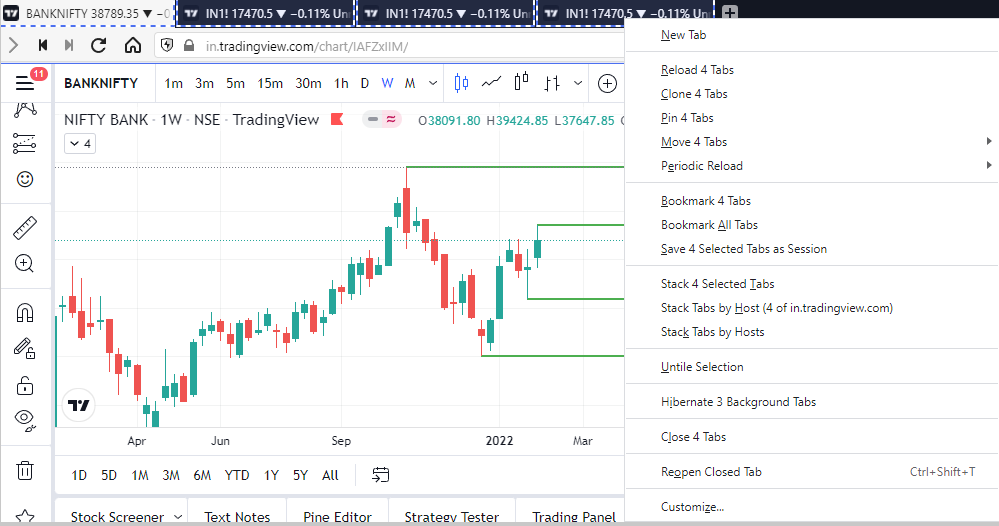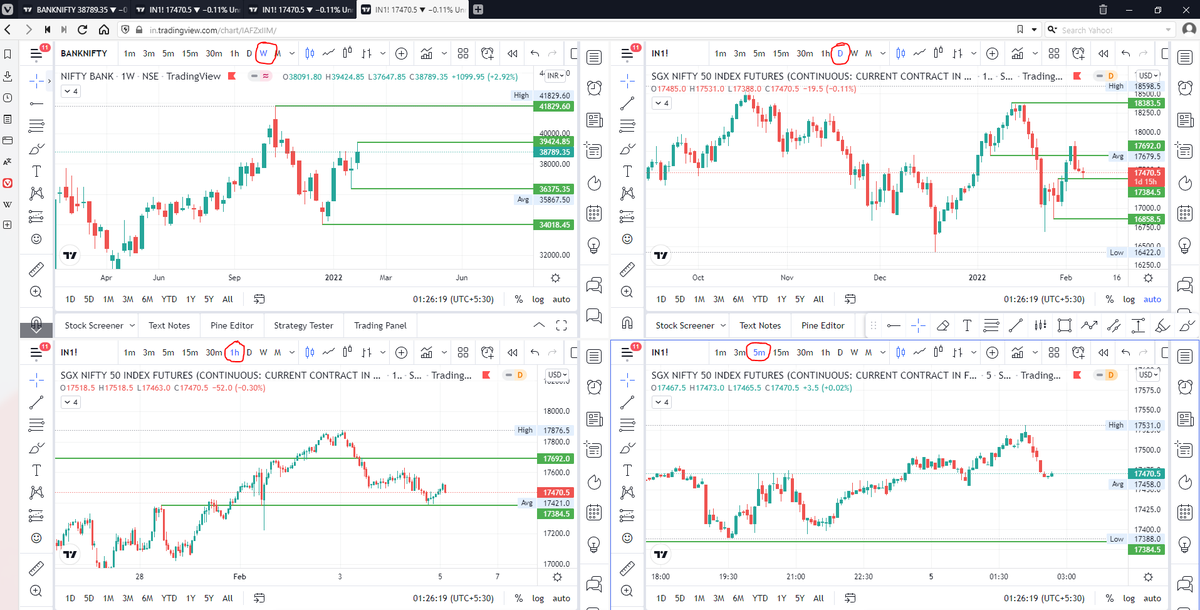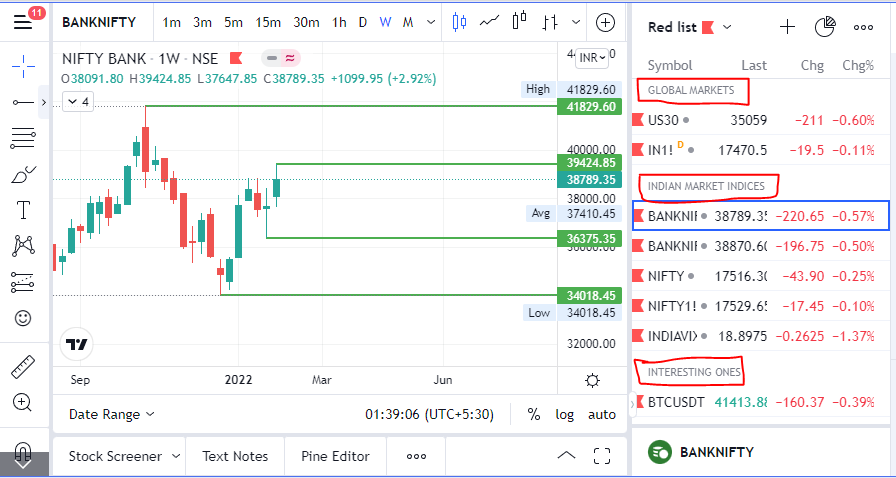It’s an observable fact that price has nothing to do with value. Perhaps over the long term these two converge, but in the short term it makes no sense that the price of, say, soybeans would change 3-4% from day to day.
So what’s happening?
2/
You’ve probably heard people say “markets are forward looking” and that’s sorta true, I guess.
But that doesn’t mean they’re any good at it.
It might be better to say “markets consistently attempt to look forward” because that would be more illustrative of what’s happening.
3/
When a day-over-day price makes a 3% move this is not a 3% shift in value, it’s a 3% shift in *aggregate expectations about future value.*
And that makes sense, right? Expectations are pretty ephemeral so they can move fast.
4/
Consider volatility through this same lens. When a market is highly volatile, this means that expectations about forward value are evolving rapidly.
This happened in March when everyone got scared about Covid - it broke people’s forward expectations, and thus broke markets.
5/
And this also helps shed some light on the value of charting. A common misconception about chart patterns is that they are oracles of future prices.
Well that’s crazy talk.
What they are is descriptions of the market’s sum emotional state.
6/
When the ‘chart of transactional records’ (h/t Mike Green) is rising, there are two interpretations, and I’d submit one is incorrect.
Wrong:
“This thing is quickly growing in worth.”
Right:
“People’s expectations of this thing’s future worth are increasing rapidly.”
7/
And while yes, you can transact at those prices on that day (depending on how much weight you wanna move, liquidity conditions, regulatory framework…. ), it’s a mistake to think that your ability to transact indicates value
Nay, it represents *expectations* of value.
8/
Charting's value is in revealing how people’s expectations about future prices have shifted over time.
I like to think of charts as “the historical record of market emotions.”
Notably, human behavior tends toward recurring patterns.
Let’s pick a pattern and talk about it.
9/
Diamond Reversal
Yes, it’s shaped like a diamond but we don’t care about that.
What we care about is that it represents a disagreement in the market. The disagreement escalates (diamond peak) and then comes to a decision point where, typically, one side “wins” the argument.
10/
So when we see a diamond pattern forming, we can say something like “wow has been some real active disagreement about how much this thing will be worth, and it looks like we’re getting closer to a new market consensus around those expectations.”
11/
This “historical prices are about emotions” view can also help us reason about what volatility means.
For example, what does it mean when people say “we are entering a high volatility regime” — like, what’s the non-dork way to say that same thing?
12/
A “high-vol regime” is essentially a thesis that we are in a period where the future value of things will remain uncertain.
A period where, say, one camp is hyper-certain inflation is coming and another is super sure it’ll be deflation.
A period of disagreement & confusion.
13/
And we can even extend this a little bit into other volatility tropes, like so:
High implied volatility: an expectation that, in the future [expectations about future value] will shift meaningfully
High realized volatility: open conflict about future value in the streets.
14/
So remember: stocks trading at 35x P/E ratio does not mean they’re “worth” that much - the markets to not contain or represent statements of worth.
What it means is that, in aggregate, market actors (and non-actors like algos) expect the value to be higher in the future.
15/
Charts are a record of aggregate participant narratives and emotions about value.
Volatility measures deltas in these narratives and emotions.
As for value… well… value tends to be deeply personal, and is probably ultimately up to each of us to decide.
Happy New Year!




